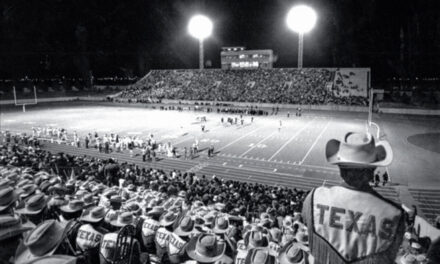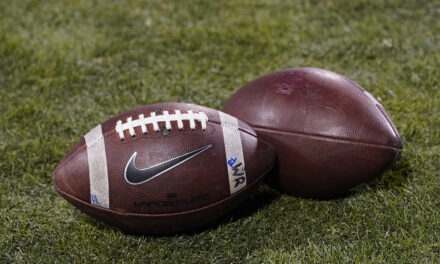Nearly all the press about concussions in football has been about the sport played at the professional level. As discussed in “Youth Football is as Safe as Any Other Sport”, the level of injury in youth football pales in comparison to that which is seen in the NFL. Although injuries (and concussions) can and do happen at the youth level, they are less prevalent because the players are smaller and not as fast.
Education and Training can make a huge impact on the frequency of injuries seen in youth football. Across the country parents, and coaches are being better educated, and players are being trained in proper technique that will lower their risk of injury. This is a necessary movement to keep our dear children safe, while protecting the sport we’ve grown to love so much. So next time someone gets critical of you because of the injuries in concussions in football, embrace the opportunity to clarify the statistics, contrast the difference between youth and pro-football, and inform them of all the education and resources that go into our 1st priority of keeping our kids safe. Below is one mom’s take:
Safety in Youth Football — Finding Solutions, Not Fault. On a warm summer evening, at preseason football practice, my husband and I were exchanging pleasantries with other parents as we settled into our stadium chairs. It was our sixth season of youth football. I will never forget the bone-chilling sound — I’d heard it several times before — the crashing of two helmets colliding. Moms gasp, dads cheer and players pump their fists in the air. This is what it’s all about, “real” football as my husband says. It’s one aspect of youth football I’ll never get accustomed to. It doesn’t have to involve either of my sons and I immediately reach for my mouth. I’m not sure why, although I believe it’s a defense mechanism to keep inappropriate language from escaping.
I quickly regain my senses and scan the field for the source of the sound. My eyes stop short of the 40-yard line. Clumped in a mass of humanity, up rises my precious little Twin A, weighing 80 pounds with pads and a helmet. No worse for the wear, I surmise. Teammates assemble to deliver a healthy round of celebratory high-fives, pats on the helmet, the back, the butt. After the crowd dissipated and the dust settled there was poor Johnny still laid-out on the field, like a discarded old shoe, not moving, only audible was a whimper.
The injured player, my son’s teammate, was taller, heavier and a first-year football player. Was it luck that determined my son was the last man standing? No, absolutely not. He was taught the proper way to tackle. It has been ingrained in him since he started playing football at age 6. My husband and I realized early on the importance of learning fundamentals of the sport and enlisted those who possessed the knowledge and experience to impart their wisdom on our twin athletes. Our sons have attended football camps, conditioning camps, and received one-on-one instruction. I would be remiss as a parent if I did not do everything in my power to arm my athletes with the proper tools for success. Coaches are volunteers and often have a child of their own on the team, so their interest is not always what is best for your athlete. As youth football players get older there is an assumption that the fundamentals/necessary skills have been taught and learned.
They often haven’t been.
Football safety in America is a relevant topic with head injuries and long-term effects taking center stage. Everyone has an opinion. I’m sounding off as the mother of twin athletes who is more concerned about finding solutions than finding fault.
Let’s quit putting a band-aid on the problem and get down to business finding the root causes and solutions to injuries in youth football. Every sport has inherent risks and potential for life altering injuries. I contend the following factors affect the incident of injury in youth football.
Proper tackling – There is a right way (head up shoulders squared) and a wrong way (dropping head in spearing motion). The onus is on the head coach and coaching staff to ensure players have been educated on appropriate way to tackle and enforce it. We all know improper form can lead to devastating results.
Playing out of position – A prime example involves our wide receiver who had six years of experience playing this position when a coach wrongly determined our son was more suitable to the down lineman position. Opponents outweighed him by a solid 50 pounds.
Over utilization of players – This is typically applicable to players who the coach favors to play both sides of the ball. I have witnessed a youth football player suffer an ACL injury because the coach chose not to rest the athlete (“winning at all costs” was his mantra.)
Over-heating due to extreme temperatures – All it takes is an inattentive coach and/or staff who do not pause play. Rehydration is the key to thwarting heat exhaustion.
Warming up and stretching – There have been studies on stretching’s effectiveness with positive results related to preventing injury and also reducing recovery time. Again, if coach isn’t mandating this then take matters into your own hands.
Conditioning and strength training during off-season – Young athletes require both when not playing football in order to be in good physical condition when the season resumes…..[more]
Follow the author Jen Cohen on Twitter: www.twitter.com/soulpursuitblog
*Source: HuffPost






Recent Comments